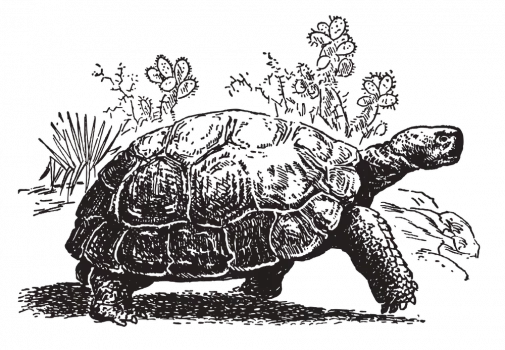Surveying Process

The Surveying Process of Boundary Retracement
As a landowner, do you ever wonder what’s going on behind the scenes with your land surveyor? Why are they taking so long with this and that part of the project? Well, there is a workflow process the surveyor must follow to ensure your property rights and interests are protected. This guide will walk you through the numerous steps which the surveyor uses to render their well-reasoned opinion on where your property lines exist on the ground. This opinion is reached through a discovery and evidentiary process which cannot be made by consulting a handbook.
The surveyor’s professional opinion must withstand legal scrutiny and cross-examination of professional peer review. The surveyor must explain their logic and reasoning based on a preponderance of the best available evidence. This evidence must be weighed and given a value based on boundary location doctrines and boundary retracement principles, not math and measurements. This opinion is somewhat of a quasi-judicial function as Chief Justice of the Michigan Supreme Court, Thomas Cooley so eloquently wrote in his seminal paper addressing the responsibilities of the professional land surveyor.
How does the surveyor reach this opinion and what process is followed?
Below are a series of steps that will guide you through the workflow process in hopes that some light will be shed on what the surveyor does in the office and outside on the ground. Afterward, you should walk away with a better understanding of the surveying process and the numerous functions of a boundary retracing surveyor.
PART 1
Let’s start with the first part of a three-part process that the surveyor follows when surveying a parcel of land. Part one consists mainly of researching and reconstructing the paper documents in an AutoCAD environment. This arms the surveyor with enough information to properly search for monuments and boundary lines in the field. This initial process can be simple or extremely complex depending on the type of survey project and the geographical location of the property. Below are a few types of documents and agencies researched:
- Subject and adjoiner’s deeds, abstracts of title, records of survey and field notes, plats, conversations with local historians and other land surveyors
- County recorder’s office, County GIS and Assessor’s office, City of Offices, State and other public agencies, title companies
Once the information has been gathered and constructed in an AutoCAD environment, the lines and points are “loaded or imported” into a field computer. The surveyor then proceeds to put feet on the ground and search for any and all evidence which leads us to the next step in the workflow process.
PART 2
Part two of this process is evidence collection based on the four laws of evidence. You have already read about the first law, which is written evidence gathered, however, there are three other types of evidence collected in the surveying process that warrant discussion. The two types used in part two of this process:
- Oral testimony or parol evidence – conversations with adjoining landowners
- Real evidence – physical objects i.e., fences, monuments, curbs
When collating evidence, the surveyor must use absolute objectivity and see things dispassionately for what they are. As part of a surveyor’s professional oath, we are not to advocate for clients which means all preconceptions and biases must be removed from the equation.
Next is the gathering of real evidence which can only be done while in the field. Real evidence consists of physical evidence like monuments, fences, curbs, and other structures. Once all the real evidence has been collected and oral testimony taken, the surveyor is ready to compile the data which leads us into the last part of the process.
PART 3
Part three of the surveyor’s process is mainly why you hired the professional surveyor. The surveyor must weigh all the evidence gathered using a scale of equity and formulate a well-reason opinion. The scales of equity have a foundation rooted in legal principles, boundary location doctrines, and case law. This is where the fourth law of evidence comes to play, judicial notice. The judicial notice consists of case law and other known facts. Case law instructs the surveyor on how to deal with conflict and how to weigh the evidence properly. Court cases are where the surveyor can find precedents in dealing with like or similar circumstances in facing difficult boundary retracement problems. With the added knowledge of case law, the surveyor has a better understanding of how the local courts interpret certain boundary rules and laws.
There is an old saying, change the evidence and you change the law. It should be glaringly apparent how important gathering, evaluating, and weighing all the evidence is when it comes to the determination of boundary lines. See the hyperlink for relevant case law on the priority of calls and the weight allotted to each type.
SUMMARY
In summary, the surveyor must be a historian through extensive research of record documents, then transition to field archeologist by collecting evidence on the ground, and when conflicts in the evidence are discovered, transition to equity judge to evaluate the best available evidence similar to our courts. Finally, the surveyor must build their case by addressing the ultimate issue, answering the question of where are my client’s property lines on the ground.
After reading this concise article, hopefully, you have a greater understanding of what the surveyor does in the office and out in the field.